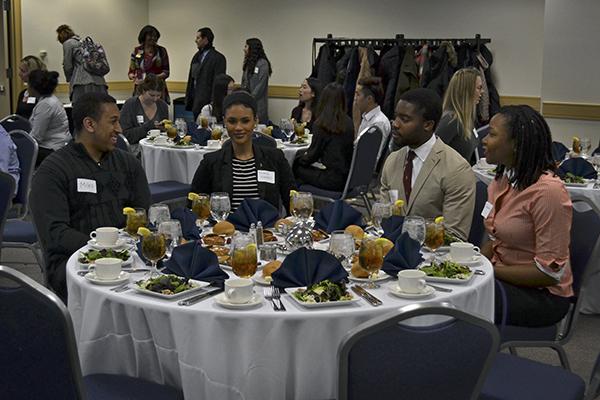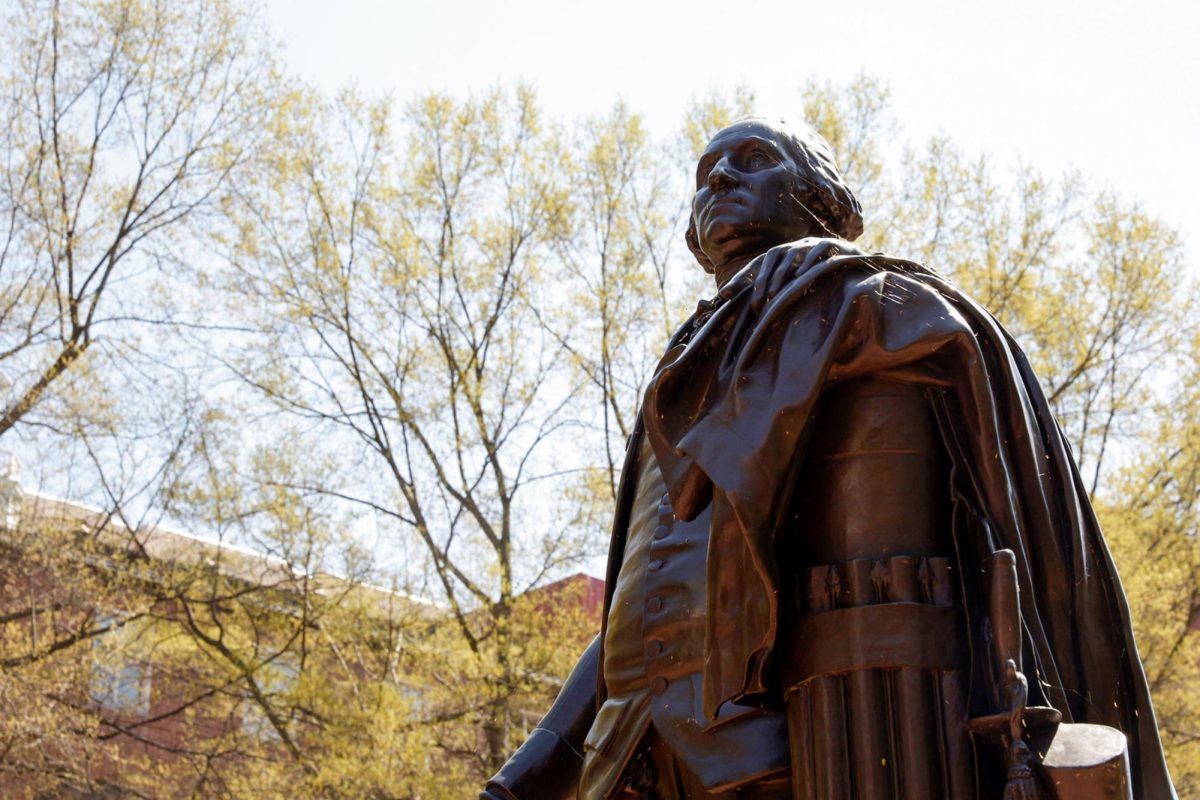GW’s new diversity chief will also look for ways for students and faculty to become more engaged with the surrounding community, officials said this month.
The position formerly known as Vice Provost for Diversity and Inclusion has been renamed to include a focus on community efforts. Officials said the name change reflects the post’s new responsibilities, which include working with multicultural students on campus and will also oversee the disability and civic engagement offices.
The changes, which were publicly announced at a Faculty Senate meeting earlier this month and were included in the online job posting, are the first adjustments made to the five-year-old position.
Terri Harris Reed, the former vice provost left GW for Spelman College in September. In her role, Reed focused on hiring and retaining more minority faculty. Vanessa Perry, who was an interim associate dean in the business school, is serving as the interim vice provost for diversity and inclusion.
University President Steven Knapp said “strong candidates” have applied and he hopes the role will be filled by the end of this semester.
He added that it has been an “interesting evolution” of the position since it was created, putting more emphasis on community engagement.
Knapp said in addition to the added responsibilities for the new vice provost, officials have also shifted the Multicultural Student Services Center out of the Division of Student Affairs and into the provost’s office to focus on how academics and student life affect multicultural students on campus.
“That’s helping us think about the interplay between academics and student life for our multicultural students,” Knapp said in an interview Thursday.
Officials on campus and on campuses across the country have focused on diversity over the past six months. Knapp released a statement after race-related threats on the University of Missouri’s campus and attended a discussion between several D.C. universities’ presidents and students in December on how to achieve better race relations on campuses.
The Office of Diversity and Inclusion now also includes disability support services and the Center for Civic Engagement and Public Service, University spokeswoman Maralee Csellar said.
The title and duties change are one of several recent shifts in the provost’s office. Interim Provost Forrest Maltzman has also consolidated the online learning office last month, moving online learning under GW’s libraries.
The community engagement focus is another new addition to the office. The new vice provost position will oversee GW’s community service office, which helps to partner students with local service organizations.
Associate Professor Emeritus Honey Nashman donated an undisclosed amount of money to the Center for Civic Engagement and Public Service to name the center during Freshman Day of Service and Convocation in the fall. The vice provost for diversity, equity and community engagement will create “student advocacy groups” on how to engage the community and improve campus climate, according to the job posting.
Leslie Ogu, the president of the Black Student Union, said expanding this position is a “step in the right direction.”
“As it has been brought to the attention of administration and staff that the college climate here on GW’s campus is not the most accepting or inclusive, this was the right move for the school to make,” Ogu said in an email.
He added that having the position will help officials “have a better understanding” of how to make multicultural students feel more comfortable.
Peer institutions including Georgetown, Emory, New York, Northwestern and Vanderbilt universities and Washington University in St. Louis all have diversity positions or committees within their provosts’ offices that focus on diverse faculty recruitment and the inclusion of multicultural students.
Archie Ervin, the president-elect of the National Association of Diversity Officers in Higher Education and the vice president of Institute Diversity of Georgia Institute of Technology, said the incorporation of community engagement is increasingly popular at universities.
“We are, in fact, seeing more universities incorporate community engagement in the portfolios of institutional diversity, equity and inclusion offices as a clear signal of their commitment to leveraging the assets of the institutions in the surrounding communities,” Ervin said.
He added that encouraging engagement within the surrounding community will create a more diverse university, which will benefit students who will be exposed to different kinds of people and experiences.
Colleen Murphy and Jacqueline Thomsen contributed reporting.








